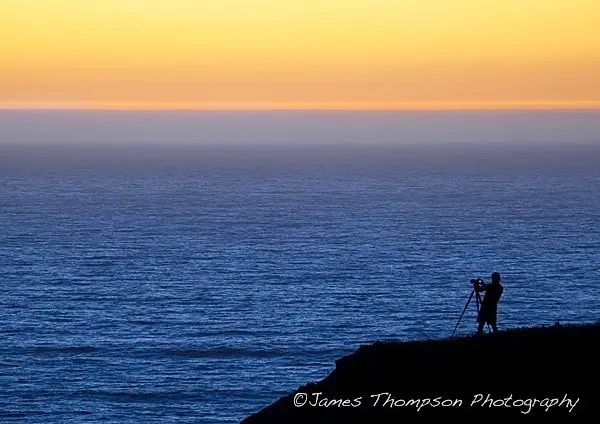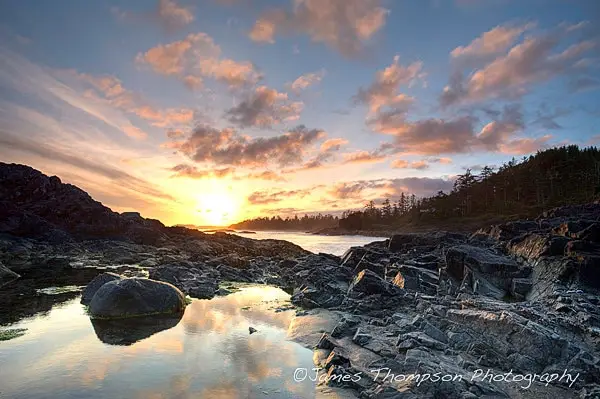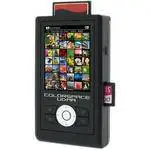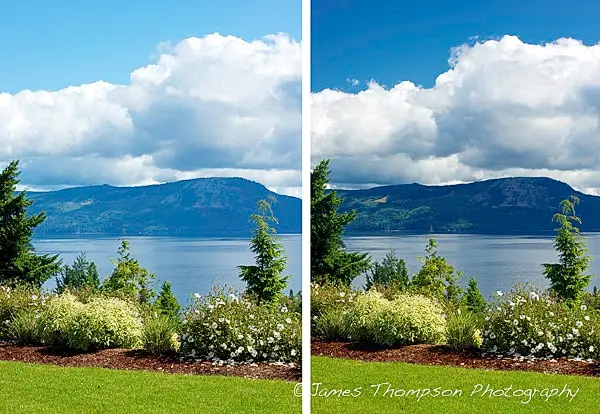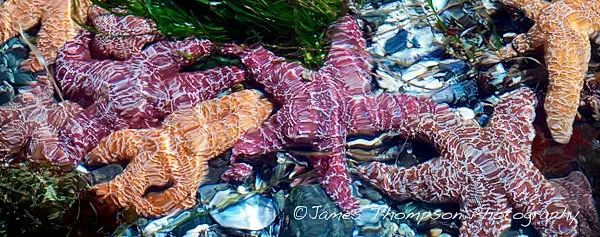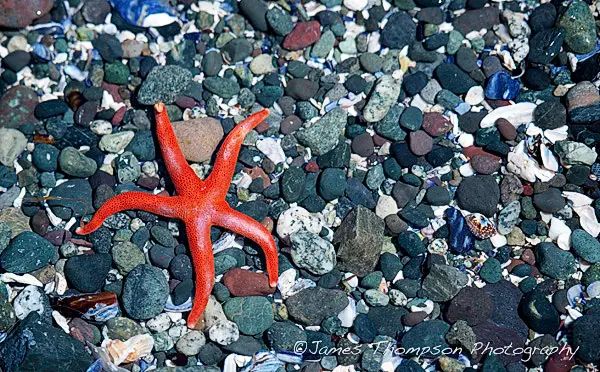Who doesn’t love to accessorize? And photographers love it more than most! Tripods, filters, reflectors, flashes, batteries, hard drives, specialty clothing…the list of accessory photographic gear is almost endless. While there are very few things you truly need (or so my wife tells me), let me cover some accessories you’ll likely find indispensable while aboard the Passing Cloud and for coastal photography in general.
Tripod. If I could bring only one non-camera piece of gear, it would be a tripod.
The most beautiful light for outdoor photography generally occurs around the sunrise and sunset hours. The available light at these times is scarce mandating long shutter speeds to produce well exposed images – often in the range of seconds, rather than fractions of a second. Trying to hand hold your camera at such shutter speeds will produce blurry pictures that no amount of post processing can fix. A tripod allows you to fix your camera to a rock steady support greatly improving the sharpness of your photos.
The ability to have your camera steady for long periods also opens up the possibility of night photography (including stars, the moon, and oceanic bioluminescence) and also time lapse photography. Tripods (and tripod heads) come in many shapes, sizes and prices. The cheapest typically have an integrated head and are made of plastic or aluminum. The most expensive are made of carbon fiber and can run close to $1000. Beg, borrow, or buy a tripod for your trip – you won’t regret it!
Batteries. One disadvantage of our digital age is that all our imaging equipment relies on batteries. While there are electrical outlets on the Passing Cloud recharge your battery, it’s always a good idea to bring a spare. A digital camera with no power takes no pictures!
Storage. How many pictures to you plan on taking? Do you shoot in JPEG, TIFF, or RAW format? What if you drop your memory card into the ocean while fumbling to change it as the pod of orca glide by in gorgeous sunset light? There are several options for storing your photos while on your trip. Firstly, you could just leave the photos on the memory card and bring enough cards to cover your expected number of shots. Memory cards are cheap, robust and – due to their small size and light weight – easily stored. The disadvantage is that if you lose one, it and all your prized photos are gone forever. Another option is bringing an external storage device. Some people choose to bring a laptop and download their photos daily. This allows for image review and even editing while on your trip.
There are also purpose built devices – essentially small hard drives – that function as a card reader and storage backup device in one. Whichever strategy you choose, it’s helpful to have a plan before starting your trip so you can keep track of where your photos are at all times.
Polarizing filter. Polarizing filters are attached over your lens and serve both to increase the contrast in the scene before you and also cut much of the glare reflected from water and bright foliage. While many image editing programs have a “polarize” function, beware! Although you can easily increase contrast in post processing, there is no computer trick for removing the distracting, detail-less glare from water, wet rocks or bright foliage.
In the pictures above, the left hand picture was taken with no polarizer, the right hand with a polarizer. Note the increased contrast, richer colors, lack of a blue color cast, and reduced glare in the polarized images. Deep blue skies and oceans, bright green rainforests and intimate tidepool details will all be revealed with a polarizer on your camera. For this reason a polarizing filter is indispensable for any coastal trip and is a simple thing you can do to take your pictures to that next level.
Most camera manufacturers make polarizing filters for their lenses and many third party companies (for example: Singh-Ray, Lee, and Hoya) produce high quality filters in a range of sizes also.
Lens cleaner. Shooting in the coastal wilds will bring you and your camera into contact with all kinds of conditions – bright sun, wind, rain, sea spray, fog, your morning coffee…the list goes on. Ensuring your lens is free of dust and other contaminants is a something you should do at the end of every day. There are many types of cleaners out there, but I find a simple kit consisting of lens cleaning solution (typically a methanol derivative), clean lens cloth (like you buy to clean your sunglasses), and a dust blower covers most of my needs while in the field.
So there you have it: some basic accessories that will ideally be part of your photographic kit on your OuterShores expedition. Bon voyage!

